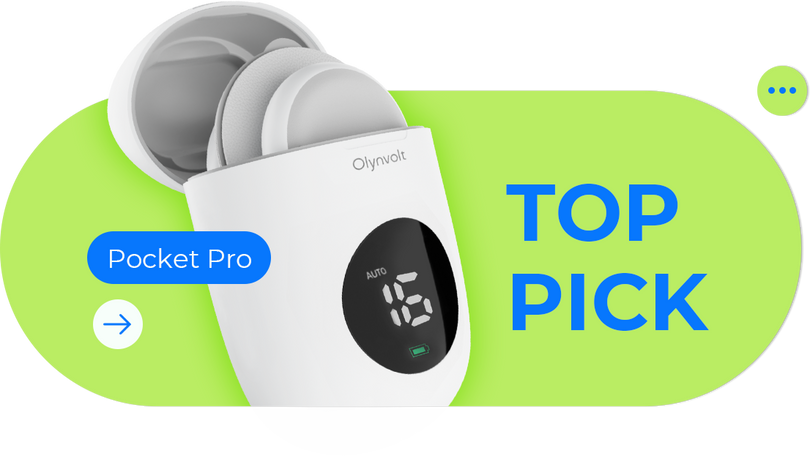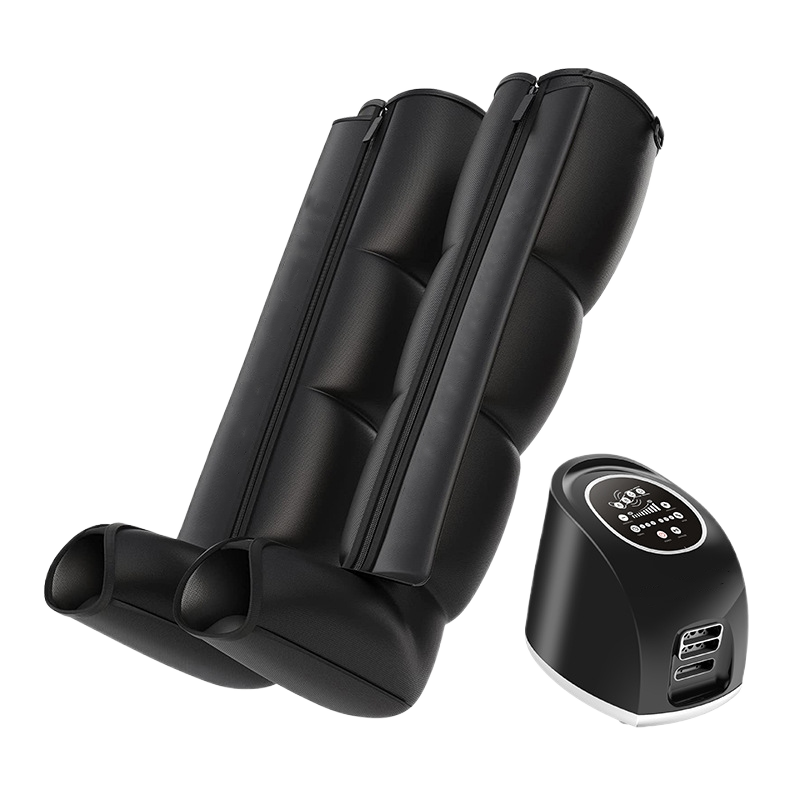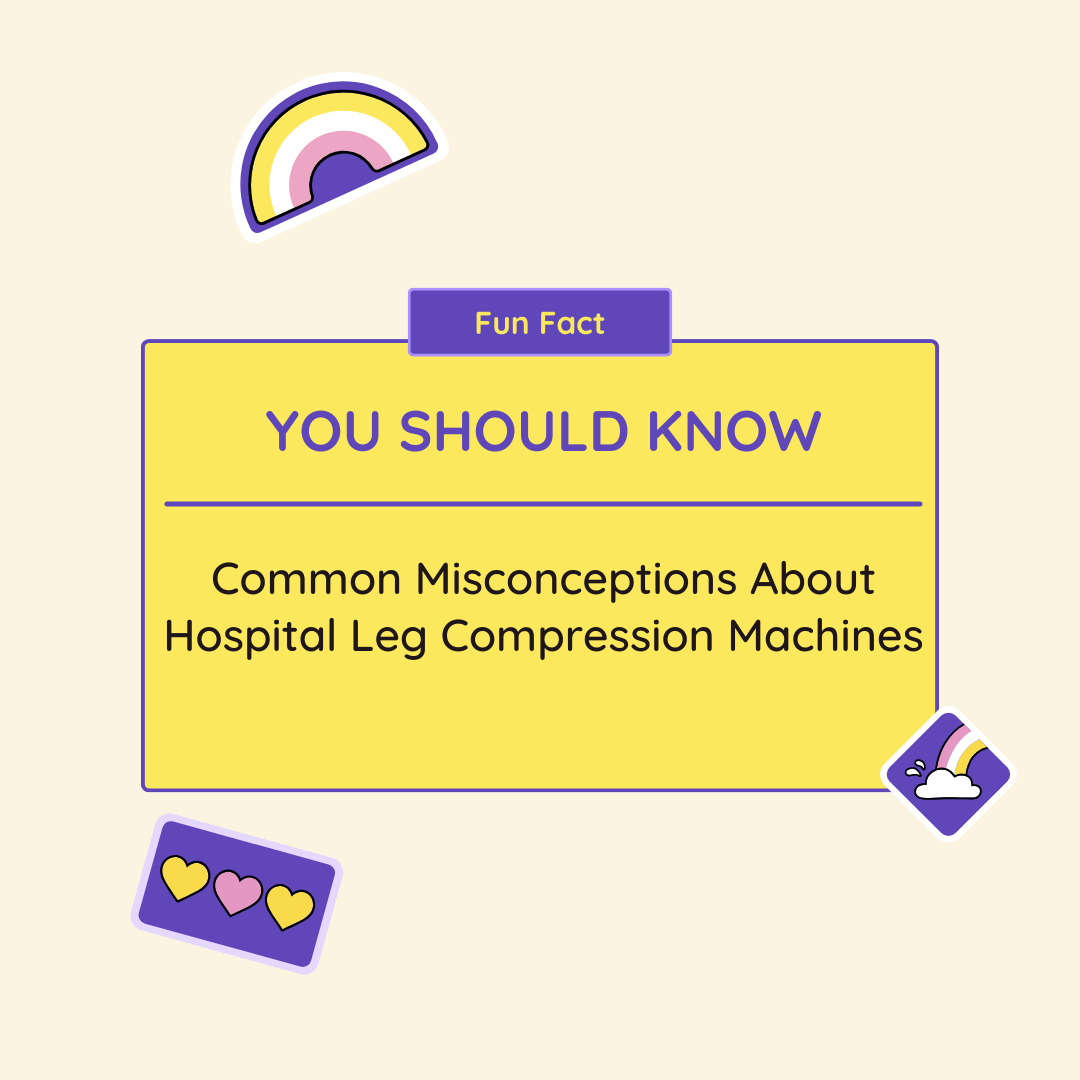The Role of Hospital Leg Compression Machines in Enhanced Recovery
When you think of medical treatments, high-tech equipment, and cutting-edge procedures, the concept of leg compression might not immediately come to mind. However, hospital leg compression machines are quietly revolutionizing the world of post-operative recovery and medical care. In this article, we'll delve into the role of hospital leg compression machines and their contribution to enhanced recovery.
Understanding Hospital Leg Compression Machines
Hospital leg compression machines, also known as pneumatic compression devices or pneumatic pumps, are medical devices designed to improve blood circulation, reduce swelling, and prevent blood clots. They consist of inflatable sleeves or cuffs that are placed around the patient's legs. These cuffs are attached to a machine that periodically inflates and deflates them, creating a gentle massaging effect on the legs.
Applications of Hospital Leg Compression Machines
These machines find applications in various medical scenarios:
1. Post-Surgery Recovery: One of the primary applications of hospital leg compression machines is in post-operative care. They are used after surgeries, especially those that involve prolonged periods of immobility. By promoting blood circulation, they help reduce the risk of deep vein thrombosis (DVT) and aid in preventing blood clots.
2. Lymphedema Management: Hospital leg compression machines are used to manage lymphedema, a condition characterized by swelling, typically in the arms or legs. The gentle massaging action helps reduce swelling and discomfort in affected limbs.
3. Wound Healing: These devices can contribute to wound healing by enhancing blood flow to the injured area, providing oxygen and nutrients necessary for the healing process.
4. Edema Control: Hospital leg compression machines help control edema, which is the abnormal accumulation of fluid in body tissues. This condition often results in swelling, and the machines can alleviate these symptoms.
The Benefits of Hospital Leg Compression Machines
Enhanced Circulation: Hospital leg compression machines enhance blood flow in the legs. This is particularly important for patients who have limited mobility.
DVT Prevention: By encouraging blood circulation, these machines play a crucial role in reducing the risk of deep vein thrombosis, a potentially life-threatening condition.
Reduced Swelling: For patients dealing with edema, lymphedema, or post-operative swelling, these devices provide relief by reducing swelling and discomfort.
Customizable: Hospital leg compression machines come with adjustable settings, allowing healthcare professionals to tailor treatment to each patient's needs.
Patient Experience and Comfort
Patients may find the use of hospital leg compression machines surprisingly comfortable. The rhythmic compression and decompression of the cuffs create a massaging sensation, which can be soothing. Additionally, they can be adjusted to a pressure level that is comfortable for the patient.
Conclusion
Hospital leg compression machines play a crucial role in enhancing recovery and improving patient outcomes. By promoting circulation, preventing complications, and providing relief, they have become valuable tools in the field of medicine. These devices are a testament to how technology can be harnessed to enhance patient care and overall well-being.





